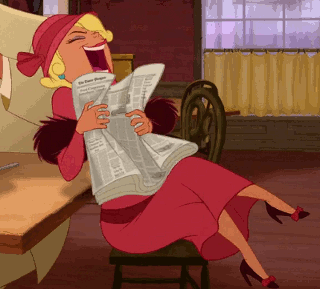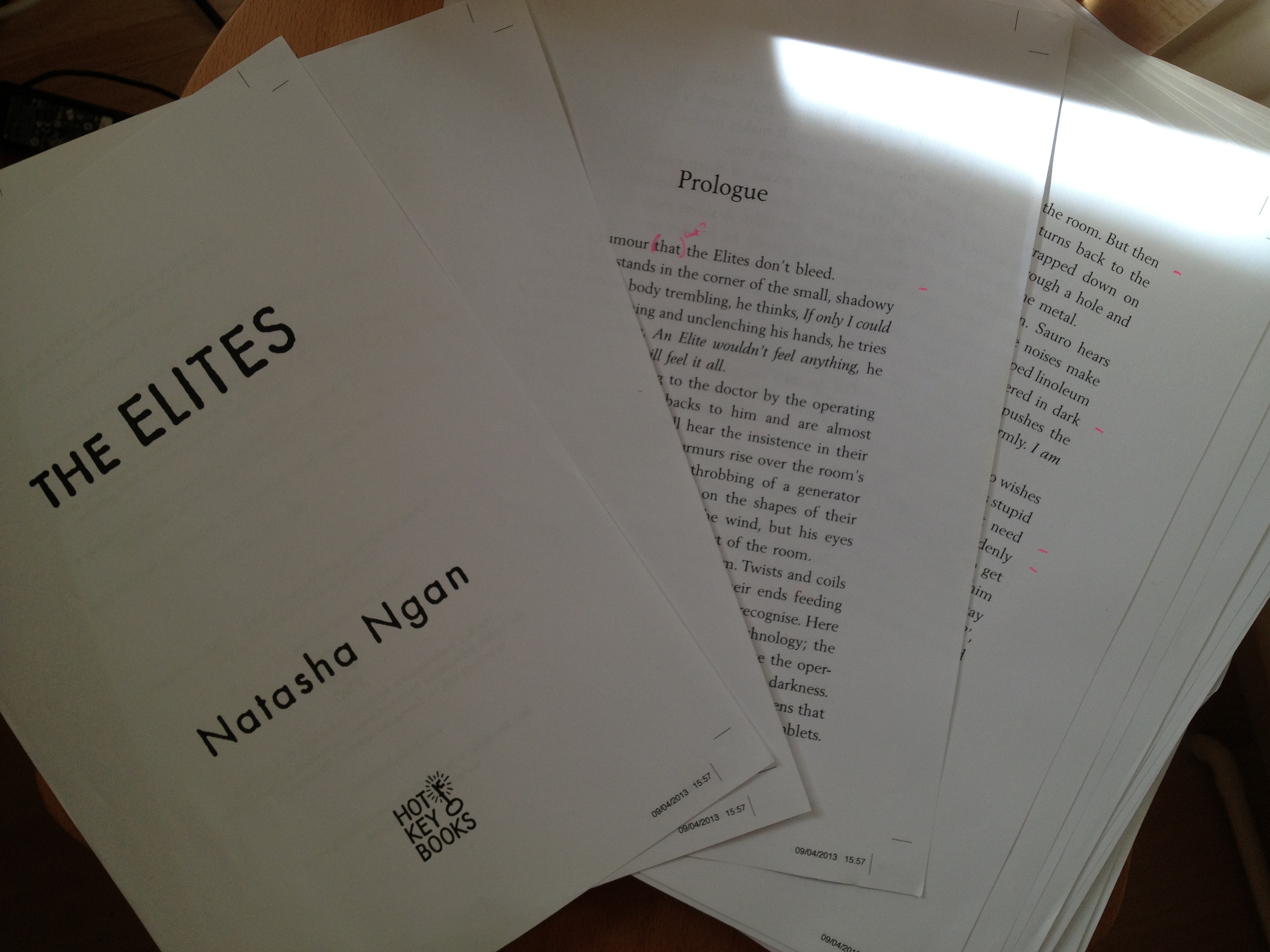Firstly – you must squee. That is an order.
Now, once you have calmed down and got it out of your system that YES THAT IS MY NOVEL THOSE ARE MY WORDS LOOKING ALL PROPER AND BOOKLIKE, it’s time to work. Hopefully you’ve made most of the bigger edits to your novel by now, as it costs a lot to re-do the typsetting and it’s not a cost that is always covered by your publisher (you can check this with them), so this stage is more of a ‘zap those typos’ kind of thing. Still, it’s the first time you’ll see your book in book format, and read it properly as a book off-screen, so things might jump out at you that didn’t before when you were just glancing through a Word document.
Now you’re sitting comfortably with all those pretty pages in hand, here’s what to do …
READ IT.
Yes, again. Yes, properly. Yes, start to finish, slowly, paying attention to every single sentence and scene, even though you’ve probably got the whole thing memorised by now and are, frankly, pretty sick of it.
When I received my page proofs, it had only been a few weeks since my last edit with my publishers. I really didn’t want to look at it again. I’d gotten to the point – and there are many of these points throughout the life of one novel, as I’m sure you’ll agree – where I couldn’t really tell if the book was good any more or not. I’d just seen it too many times, and all those times I’d been picking out the bad things, forgetting the beauty of that first ever read-through when the words seem at once both fresh and familiar, wonderful and brave and yours.
But push through that negativity or even indifference and read your book once more. Somehow, with the new book format, those words take on a new energy, and it’s much easier to slip back into that wondrous, first-time reader phase than just scanning through a Word doc on your laptop screen. And as you read like a reader, things will jump out at you that you missed before – not just typos, but awkward sentences, the balance of name usage, minor inconsistencies.
Catch those details and make a note of them on the pages themselves. You’ll have to mark these up on a pdf file later to send back to your publishers (unless you want to send the pages back), and while you can do this as you go along, I found it better just to sit and read the pages, marking up notes on them as I went. That way, I didn’t drag myself out of the story too much. I also found it helped to put a little mark by the side of the page so you can spot more easily where changes were made. Use a bright colour too, or at least not black. When you flick back through the pages to mark up the notes onto your pdf, it’ll really help.
After that – there’s nothing much more to do! Perhaps it’s time for another squee at the thought of the next stage for your little book – proofs! x

